
Singing About Animals – Enhancing Schema
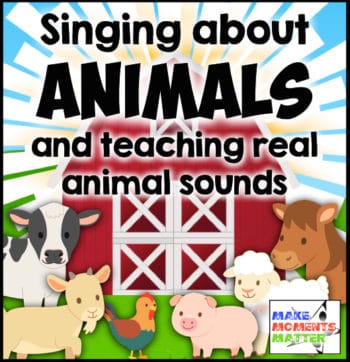 I learned early on in my music teaching career that I can’t assume anything about kiddos. I learned not to bank on the idea that kids have done something before or learned information somewhere else before coming to my classroom. For example, you might think: “Itsy Bitsy Spider is a song that everyone should know, right?” Wrong. A lot of preschoolers sing this song prior to coming to a K-5 school but not every child gets to go to preschool. “But of course they’d be exposed to that song at some point, right?” Not necessarily.
I learned early on in my music teaching career that I can’t assume anything about kiddos. I learned not to bank on the idea that kids have done something before or learned information somewhere else before coming to my classroom. For example, you might think: “Itsy Bitsy Spider is a song that everyone should know, right?” Wrong. A lot of preschoolers sing this song prior to coming to a K-5 school but not every child gets to go to preschool. “But of course they’d be exposed to that song at some point, right?” Not necessarily.
At my old school my students were at a disadvantage because not only did they (often) not get the chance to attend preschool, they also didn’t have English-speaking parents so they wouldn’t get the reinforcement of early childhood songs at home. At my current school I can assume that about half of my class might have heard or sung one of those “classic” early-learning songs before coming to me, but honestly not all of them have had the exposure to quality children’s songs.
One of the things that I realized was that many kids haven’t sung the great preschool “classics.” Many kids don’t know about Bingo the dog or Old McDonald and his awesome farm. For that matter, many of my kids don’t know what a farm looks like or how it operates. They don’t know the difference between a goat and a sheep or between a donkey and a horse. I grew up on a farm and so when I was little, songs about animals made total sense to me. For kids who don’t have the exposure to real animals, these songs are pretty foreign. I realized pretty quickly that I needed some resources to show my kiddos what animals look, sound, and move like. I needed something to help build out my students’ schema and help them understand about the world outside of their little circle of understanding!
I’ve been thinking a lot about ways to expose my kids to “the classics” (early learning, preschool type songs) and enhance their schema as we try and teach basic music education concepts. Last year I got so onto the idea that I decided to have my Kindergarten and 1st graders perform an entire concert of animal songs that I called “Going to the Farm.” We had been singing the animal songs all year long anyway, so why not bring our favorites together and just made it into a show? In an effort to find more resources for all of us to use when teaching these great animal songs, I’ve tried to compile just a few ideas below to help you get started or at least get thinking about how you can include more avenues for learning with your little learners.
Classic Kids Songs about Animals
Beths Music Notes – List of Animal Songs with Teaching Aids
Fingerplays and “Piggyback” songs for teaching about animals – PreschoolEducation.com
Super Animal Song List – Kiddles.com
Real Animal vs Cartoon Animal
One of the things I learned from kids is that often they don’t know what an animal really looks or sounds like. In elementary school they see LOTS of cute clip art of animals (especially now with the advent of TPT worksheets in the general music classroom), but maybe they’ve never seen an animal in real life or seen a true picture of that animal. Here’s an example. A few weeks ago I taught my Kindergarten friends the song “One Elephant Went Out to Play” (Click HERE for resources for this song). After we finished the song and sat down I talked with kiddos about elephant sounds and how they “trumpet.” We talked about their trunk and how slowly elephants move. We tried the song again, but this time with plodding feet and “arm trunks” (basically just putting their arm out in front of them like an elephant trunk). I asked them to move their big elephant feet to the steady beat. It was cute and lots of fun. But I still felt like many of them didn’t get it. They couldn’t really picture an elephant.
Teaching songs with Real Animal Sounds
To expand on what I said above, I really love to teach kids what animals actually sound like. I studied abroad in Australia a few years ago and I was constantly asking my Australian friends “What kind of tree is that?” or “What bird makes that sound?” When I got back the US I realized that if an Australian asked me the same questions I couldn’t tell them what any of the trees were and could barely identify half of the birds I saw. I grew up on a farm, people! I should know this stuff!
So, I’ve made it a point to really try and teach true animal sounds to kiddos when I introduce songs that involve animal sounds. For example, whenever I teach Old McDonald I teach the traditional “animal sounds” like Sheep=Baaah or Cow=moo. But I try and help expand the kids understanding of animal sounds too. Often I’ll start by telling them that in other countries people say that animals make different sounds. In English-speaking countries we often say that roosters go “Cock-a-doodle-doo!” but if you asked a Spanish-speaker the sound they would probably say “Ki-kiri-ki!” I teach kids that people in each country listen to animals and come up with the closest sound they can think of that sounds like the original animal. They think that’s pretty funny.
Then I make sure I pull up a sound file of what the animal ACTUALLY sounds like. When you hear a real sheep you realize that “Baah” is definitely not the true sound the animal makes. “Mooo” is a close guess to what the cow sounds like, but it’s not quite right. I ask kids to make the closest possible copy of what the animal actually sounds like. Then they start to realize how the word they learned might be a representation of the actual sound but it’s not a true copy.
As I was searching for help with animal sounds I found this great FREE app for the iPad/iPhone called “I Hear Ewe.” All you have to do it click on the picture of an animal and it plays a real recording of the animal. My kiddos fell in love and wanted to hear EVERY animal that was listed. They have quite a few “barnyard” animals but also some jungle and wild animals as well.

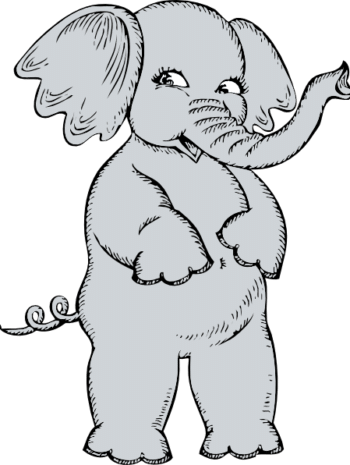

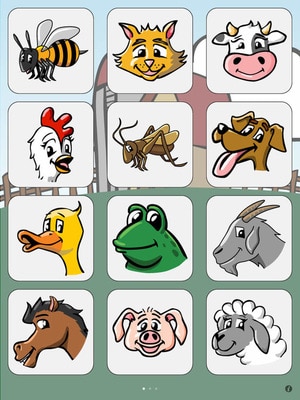
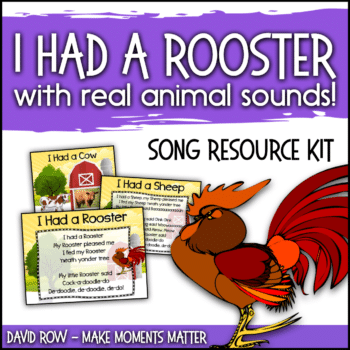
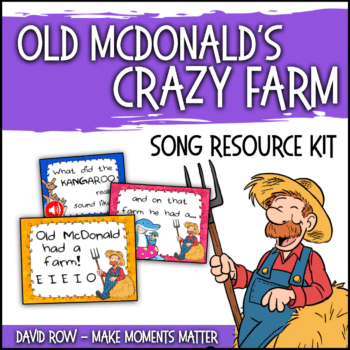

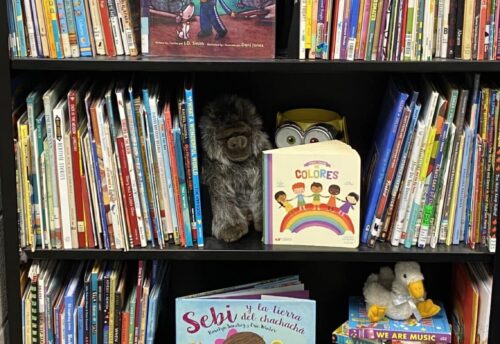
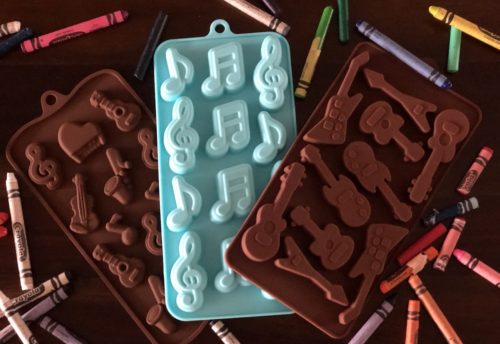

3 Comments